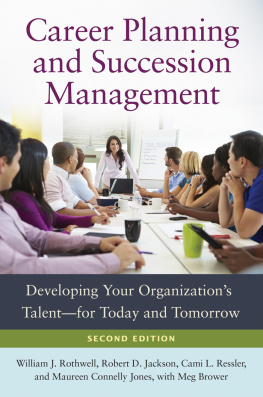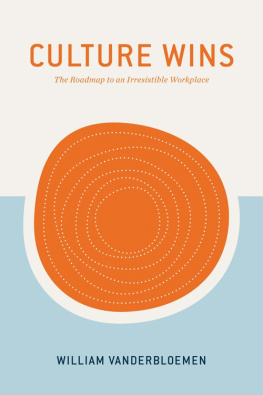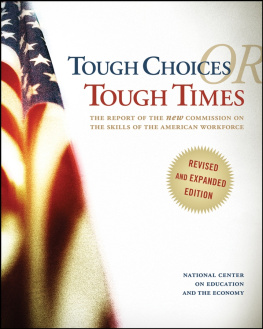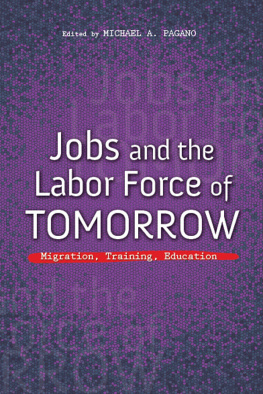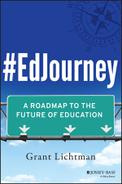William B. Bonvillian - Workforce Education: A New Roadmap
Here you can read online William B. Bonvillian - Workforce Education: A New Roadmap full text of the book (entire story) in english for free. Download pdf and epub, get meaning, cover and reviews about this ebook. year: 2021, publisher: MIT Press, genre: Politics. Description of the work, (preface) as well as reviews are available. Best literature library LitArk.com created for fans of good reading and offers a wide selection of genres:
Romance novel
Science fiction
Adventure
Detective
Science
History
Home and family
Prose
Art
Politics
Computer
Non-fiction
Religion
Business
Children
Humor
Choose a favorite category and find really read worthwhile books. Enjoy immersion in the world of imagination, feel the emotions of the characters or learn something new for yourself, make an fascinating discovery.

- Book:Workforce Education: A New Roadmap
- Author:
- Publisher:MIT Press
- Genre:
- Year:2021
- Rating:3 / 5
- Favourites:Add to favourites
- Your mark:
- 60
- 1
- 2
- 3
- 4
- 5
Workforce Education: A New Roadmap: summary, description and annotation
We offer to read an annotation, description, summary or preface (depends on what the author of the book "Workforce Education: A New Roadmap" wrote himself). If you haven't found the necessary information about the book — write in the comments, we will try to find it.
Workforce Education: A New Roadmap — read online for free the complete book (whole text) full work
Below is the text of the book, divided by pages. System saving the place of the last page read, allows you to conveniently read the book "Workforce Education: A New Roadmap" online for free, without having to search again every time where you left off. Put a bookmark, and you can go to the page where you finished reading at any time.
Font size:
Interval:
Bookmark:
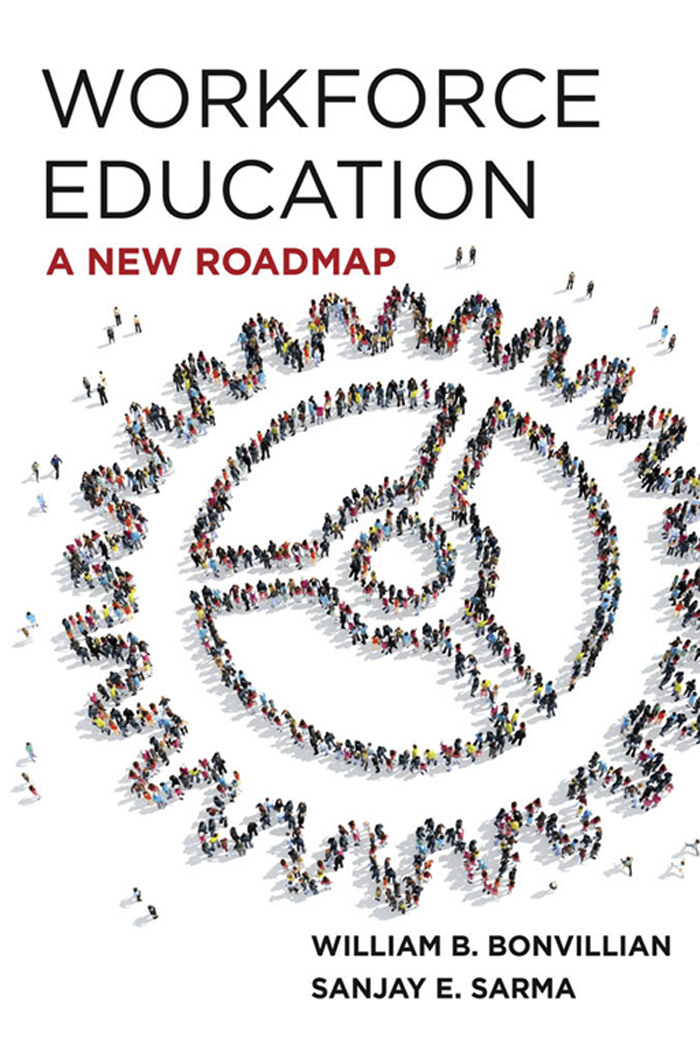
William B. Bonvillian and Sanjay E. Sarma
The MIT Press
Cambridge, Massachusetts
London, England
2021 Massachusetts Institute of Technology
All rights reserved. No part of this book may be reproduced in any form by any electronic or mechanical means (including photocopying, recording, or information storage and retrieval) without permission in writing from the publisher.
This book was set in ITC Stone Serif Std and Pangram by New Best-set Typesetters Ltd.
Library of Congress Cataloging-in-Publication Data
Names: Bonvillian, William, author. | Sarma, Sanjay E., 1948- author.
Title: Workforce education : a roadmap / William B. Bonvillian and Sanjay E. Sarma.
Description: Cambridge, Massachusetts : The MIT Press, [2021] | Includes bibliographical references and index.
Identifiers: LCCN 2020007620 | ISBN 9780262044882 (hardcover)
Subjects: LCSH: Working classUnited States. | EmployeesTraining ofUnited States. | Labor marketUnited States. | Technological innovationsEconomic aspectsUnited States.
Classification: LCC HD8072.5 .B66 2021 | DDC 374/.0130973dc23
LC record available at https://lccn.loc.gov/2020007620
10 9 8 7 6 5 4 3 2 1
d_r0
Most of this book was researched and drafted before the COVID-19 pandemic, so the content was written to speak of a world before the pandemics dramatic economic and social blows that have followed. Then massive protests over historic racial inequality broke out during the pandemic. As we write this note, we cannot be certain of the situation by the time the book is published and available for you to read. This note is a snapshot in time as well as a glimpse into the future.
We, of course, updated the book with considerations about the viruss effects on the economy and the implications of both the virus and the protests for workforce education. It turned out that in reexamining the work, we found that it actually speaks effectively to the new set of problems the pandemic and protests have raised.
This work describes the nations growing economic inequality, including its effects on the working class and minorities, and suggests that a new system of workforce education is one remedy. The coronavirus has called out this inequality problem because, as we write, it is hitting the poor and minorities particularly hard at one end of the economic spectrum, while the wealthier in our society have been able to exit urban congested conditions to protect themselves and maintain income by working at home. The protests have been even more directly on point. If the nation is to grow out of this inequality and its consequences, these issues have made the subject of the book even more significant.
The coronavirus will transform a number of sectors. Overall, the virus is showing what thin margins much of the economy has been operating on, and therefore how fragile it is. In particular, in-person retail is suffering massive cutbacks and job losses. Some critical manufacturing sectors have been hard-hit, particularly the aircraft industry. Manufacturing overall has been oriented to large lots and automation, and it will need to become more flexible and resilient, with more carefully controlled supply chains. Education has gone online in a remarkably short period, which may alter the way it develops and is delivered. Health has shifted toward new kinds of telemedicine and delivery. Together, these sectors dominate the economy, and each is a particular focus of this work.
The internet has also become even more of a societal mainstay during the virus, both in some of these sectors and in daily life. In Albert Camuss 1947 novel The Plague, the diseased society he portrays lives by hearsay and rumor because the communication system has broken down. In this pandemic, in sharp contrast, the level of communication and connectedness has been remarkable. While retail and travel have crashed, the internet is soaring. Online education, including workforce education, may be a beneficiary. Some of these shifts had already been evolving, but the coronavirus has sharply accelerated them.
An underlying policy that will affect this inequality is to address new sets of workforce skills that will be required because of the changes in each. While other public policy areas are also relevant to enabling and retaining quality jobs, workforce education has, arguably, been driven much higher on the priority list by the messages of the pandemic and the protests.
August 2020
This book grew out of the Workforce Education Project, a research effort begun in 2018 at the Massachusetts Institute of Technology (MIT) Office of Open Learning program. As MITs implementation of online courses and programs has developed over the past several years, there has been a growing focus on meeting workforce needs through our massive open online courses (MOOCs), MicroMasters certificates, boot camps, and professional education. Given this focus, we felt a need to understand the landscape of workforce education in much more depth. We also felt a strong need, in light of the social disruption of recent years, to try to contribute to understanding and meeting the nations growing workforce needs.
This work deals with problems in the current US workforce education system and in our accompanying labor market information system; the roles employers, community colleges, high schools, and universities could play in workforce education; new education technologies that could help us reach the scale required to meet workforce needs; new apprenticeship programs; a range of new models that could help in delivering workforce content; and a detailed series of policy recommendations.
There are many to thank for assisting us in the development of this book. First, we thank Schmidt Futures for the foundation grant that made the research behind this study possible; we have benefitted from the foundations deep concern about these workforce issues.
Our two able research assistants were very important to the project: Meghan Perdue, digital learning fellow at MIT Open Learning, and Jenna Myers, MIT Sloan School doctoral candidate. Each tackled major parts of the workforce puzzle. We were also assisted by an early travel grant from the MIT International Policy Lab led by Chap Lawson and Dan Pomeroy, which got the project started; we thank Dan for his assistance on a series of early meetings and briefings that helped shape the overall project.
Our MIT colleagues played an important advisory role. Tom Kochan and Paul Osterman, the MIT Sloan Schools able experts and leaders on workforce issues, helped us in many ways, from their writings to reviewing their ideas with us. We particularly appreciate Toms close read and suggestions on an earlier draft. David Autor, David Mindell, Elizabeth Reynolds, co-chairs, and the members of MITs interdisciplinary task force on Work of the Future, helped us better understand an important context for our studythe effects on the workforce of evolving new technology advances. Political scientist Suzanne Berger contributed insights at many stages, helped review the draft, and has been a great sounding board, as has George Westerman of MIT Open Learnings Jameel World Education Lab (WEL) Workforce Learning project. Zenep Ton of the MIT Sloan School advised on retail sector developments. Kim Kimerling and Julie Diop, leaders of the AIM Photonics Academy located at MIT, helped us see the practical demands of developing workforce education in an advanced technology sector. MITs WEL supports ongoing research on education and workforce issues and has contributed insights to this study. At MIT Open Learning, we have appreciated the assistance of Lana Cook, Tom Smith, Yvonne Ng, Patricia Gao, and Cindy Sambataro.
Next pageFont size:
Interval:
Bookmark:
Similar books «Workforce Education: A New Roadmap»
Look at similar books to Workforce Education: A New Roadmap. We have selected literature similar in name and meaning in the hope of providing readers with more options to find new, interesting, not yet read works.
Discussion, reviews of the book Workforce Education: A New Roadmap and just readers' own opinions. Leave your comments, write what you think about the work, its meaning or the main characters. Specify what exactly you liked and what you didn't like, and why you think so.

